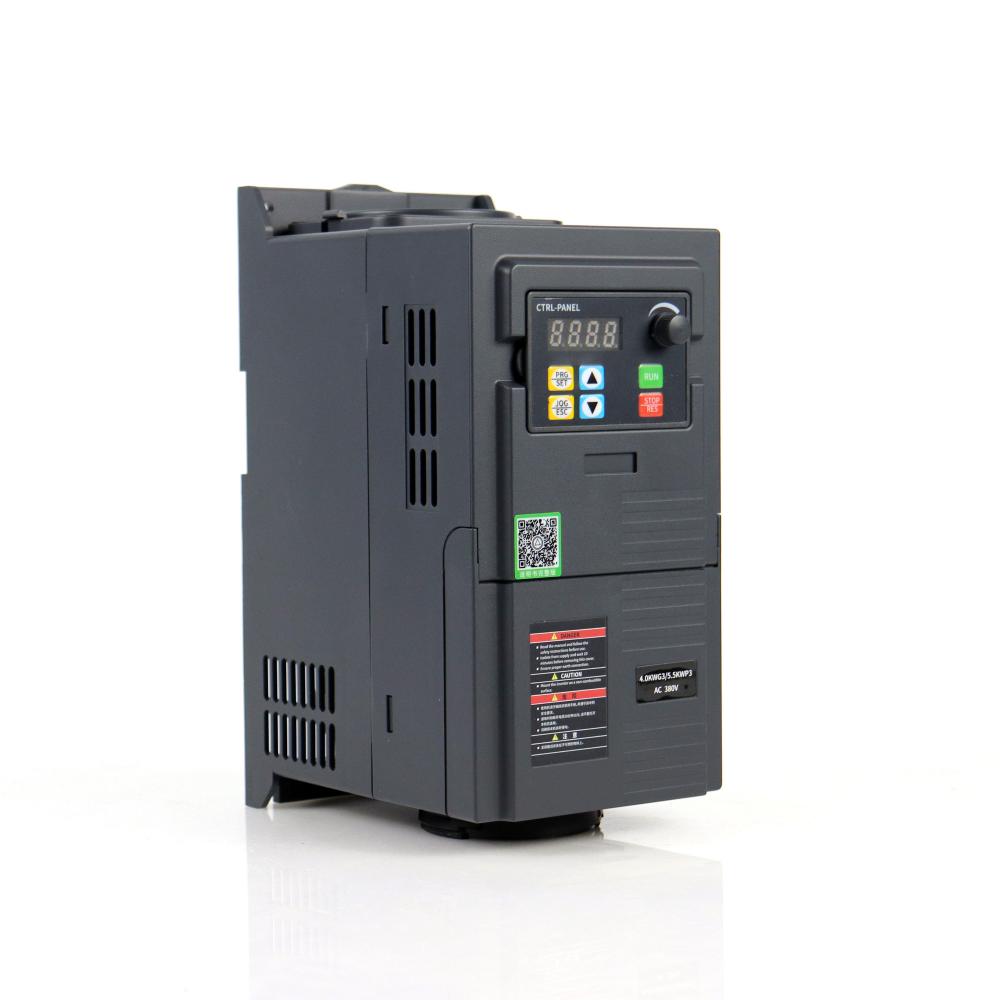The United States ADT is the world's largest networked alarm service company and has a history of more than 130 years. It has branch offices in 15 countries and regions such as the United States, Canada, the United Kingdom, France, Australia, Latin America and Hong Kong, and China Taiwan. It has 90,000 employees and its services cover more than 100 countries and regions. ADT was originally a telephone and telegraph company. In the 1930s, ADT started a simple anti-theft alarm business. Its business scope and technical level at that time was comparable to many security companies in China. After the development of the 1930s to the 1950s, it basically matured. By the 1970s, it had made great adjustments to the overall development direction of its industry, becoming a networked alarm service provider and establishing its first network management center. The network management center continuously used computer technology to form a systematic network management system from the 1980s to the 1990s. In particular, in the 1990s, a large number of network management technologies, system integration technologies, and electronic technologies were used. Now it has become Very advanced networked alarm service platform. ADT's successful development strategy is: (1) Let civilian security products become mass products; (2) Continuously improve equipment compatibility and vigorously promote networked security and alarm services; I3) Develop small and medium-sized security companies to become franchisees. The networked alarm service it provides has made the security industry in North America leap to a new level with a qualitative leap forward. ADT has risen as a networked alarm service provider. Its reach has spread to the world. There are a large number of promoters around the world. These promoters mainly deal with the production and sales of front-end products, installation and after-sales service.
A single-phase VFD, also known as a variable frequency drive, is a specialized electronic device used for precise control and regulation of single-phase motors. Unlike three-phase motors that are commonly used in industrial applications, single-phase motors are predominantly found in residential and small-scale applications.
The primary function of a single-phase VFD is to control the frequency and voltage supplied to the single-phase motor, thereby enabling accurate regulation of motor speed. By adjusting the frequency and voltage output, the VFD allows for smooth and precise control over the motor's rotational speed. This feature is particularly useful in applications where speed control is required, such as in residential HVAC systems, small-scale machinery, and household appliances.
Energy efficiency is a significant advantage offered by single-phase VFDs. By adjusting the motor speed to match the load requirements, the VFD reduces energy wastage and improves overall energy efficiency. When the motor operates at a lower speed during periods of low demand, energy consumption is significantly reduced, resulting in energy savings and lower operating costs.
Motor protection is another important aspect addressed by single-phase VFDs. They incorporate various protective features, including overload protection, short circuit detection, and thermal protection, which help safeguard the motor against damage due to excessive current, voltage fluctuations, or overheating. This ensures reliable motor operation, prolongs the motor's lifespan, and reduces the risk of unexpected failures.
Harmonic filtering is also a critical consideration in single-phase VFD applications. When single-phase VFDs operate, they can introduce harmonics into the power supply, which may cause issues such as voltage distortions and interference with other electrical equipment. To mitigate these problems, single-phase VFDs often incorporate harmonic filtering techniques to suppress harmonics and ensure a clean and stable power supply, maintaining power quality and preventing damage to connected equipment.
Control algorithms play a significant role in single-phase VFD operation. These algorithms allow for precise control and adjustment of motor speed, ensuring smooth acceleration, deceleration, and accurate speed regulation. Advanced control algorithms enable efficient motor operation and enhance overall system performance.
In summary, single-phase VFDs provide precise control and regulation of single-phase motors in residential and small-scale applications. With their energy efficiency, motor protection features, harmonic filtering capabilities, and advanced control algorithms, single-phase VFDs enhance motor performance, reduce energy consumption, and ensure reliable operation in various residential and small-scale applications.
Three Phase Vfd,Ac Single Phase Gasoline Generator,220V Vfd,Ac Inverter WuXi Spread Electrical Co.,LTD , https://www.vfdspread.com
